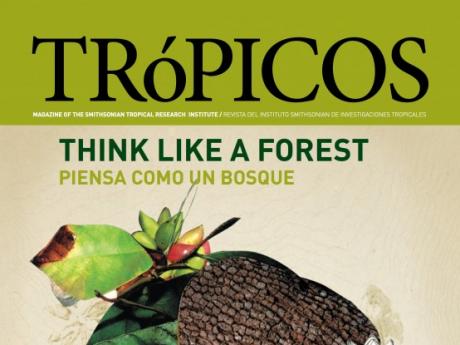What is ForestGEO?
The Forest Global Earth Observatory (ForestGEO), previously known as Center for Tropical Forest Science (CTFS), is a global network of forest research sites and scientists dedicated to the study of tropical and temperate forest function and diversity. The multi-institutional network comprises 78 forest research sites across the Americas, Africa, Asia, Europe, and Oceania. ForestGEO monitors the growth and survival of approximately 7 million trees and nearly 13,000 species that occur in the forest research sites. ForestGEO also supports initiatives in the forest sites to monitor climate, carbon flux, vertebrates, insects, soil microorganisms, and much more (see our Research Initiatives).
ForestGEO was established to fully represent the global-scale forest network, which now contains forest research sites in tropical and temperate climatic zones. Today, the intensity and scale of the network remains unprecedented in forest science. In addition to the tree censuses that track the growth and mortality of trees in every forest site, ForestGEO pursues several scientific initiatives to study carbon fluxes, the impacts of climate change on biodiversity, and forest function. See Protocols.
Conduct long term research on forests to:
- Increase scientific understanding of forest ecosystems
- Guide sustainable forest management and natural-resource policies
- Monitor the impacts of global climate change
- Build capacity in forest science
Because of its many partners and independent university-associated faculty, ForestGEO leverages powerful intellectual forces. Over 200 scientists and policy analysts have published over 1,100 scientific articles based on ForestGEO data, many in high-profile journals like the Proceedings of the National Academy of Sciences (US), Science, and Nature, attesting to the relevance and high impact of the science and policy issues being studied across the network.
See ForestGEO's Publication Database and Google Scholar Page.

In the environmental sciences, ForestGEO stands as one of the premier US-led international partnerships. It is also enabling the Smithsonian Institution to address knowledge gaps pointed out by other governmental and non-governmental research organizations. For example, ForestGEO increases scientific understanding about the potential effects of climate change on ecosystems, which is a priority of the US Climate Change Science Program and highlighted by the Intergovernmental Panel on Climate Change Working Group II. Because of ForestGEO’s extensive biological monitoring, unique databases, and the expertise of its partners, it promises to enhance society’s ability to evaluate and respond to the impacts of global climate change.
See ForestGEO's Collaborating Institutions and Financial Support.
In 1981, ecologists at the Smithsonian Tropical Research Institute (STRI) established the first forest research site on Barro Colorado Island (BCI), Panama. There, they pioneered long-term tree-census techniques that scientists replicated throughout the tropics, creating a network of tropical forest research sites that eventually became known as the Center for Tropical Forest Science (CTFS). Prior to the establishment of Barro Colorado Island, scientists had never attempted to measure tropical forests so intensively and at such a broad scale. Learn more about our organizational history here.

